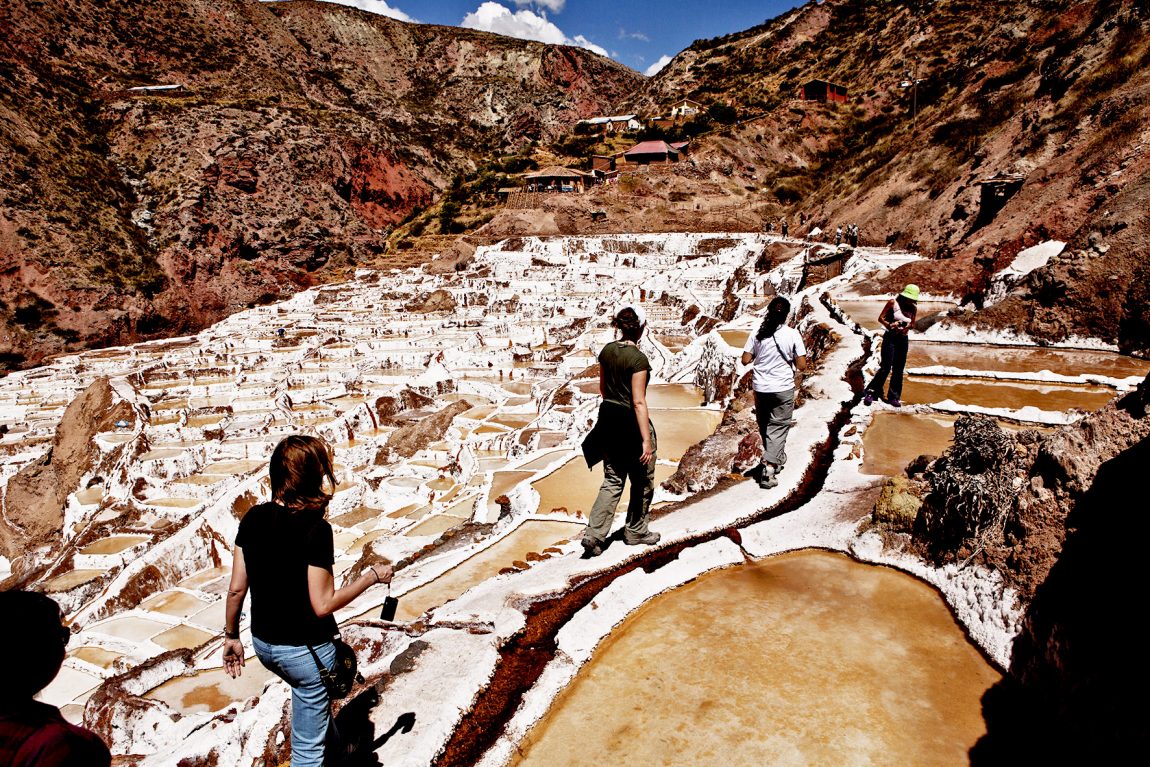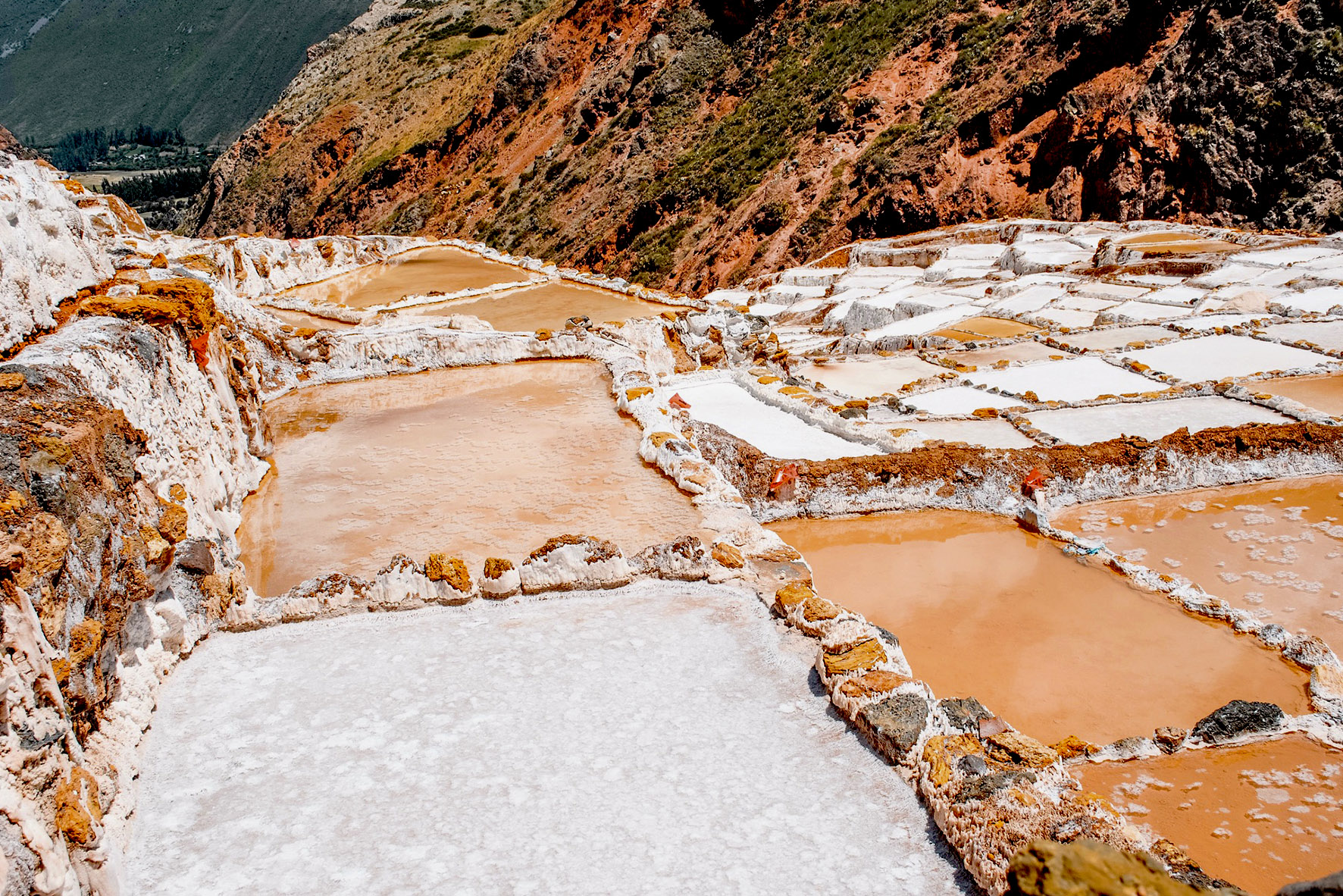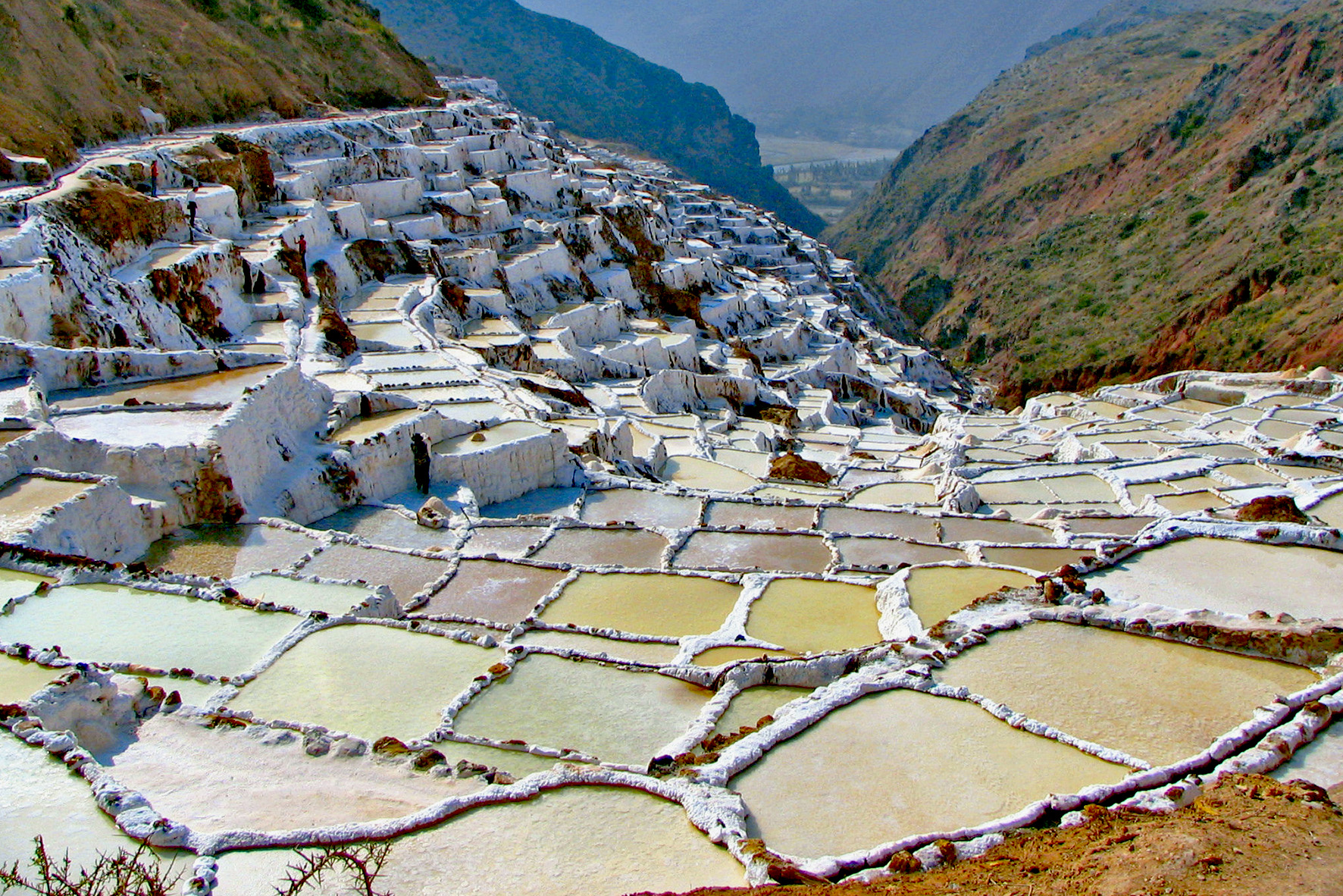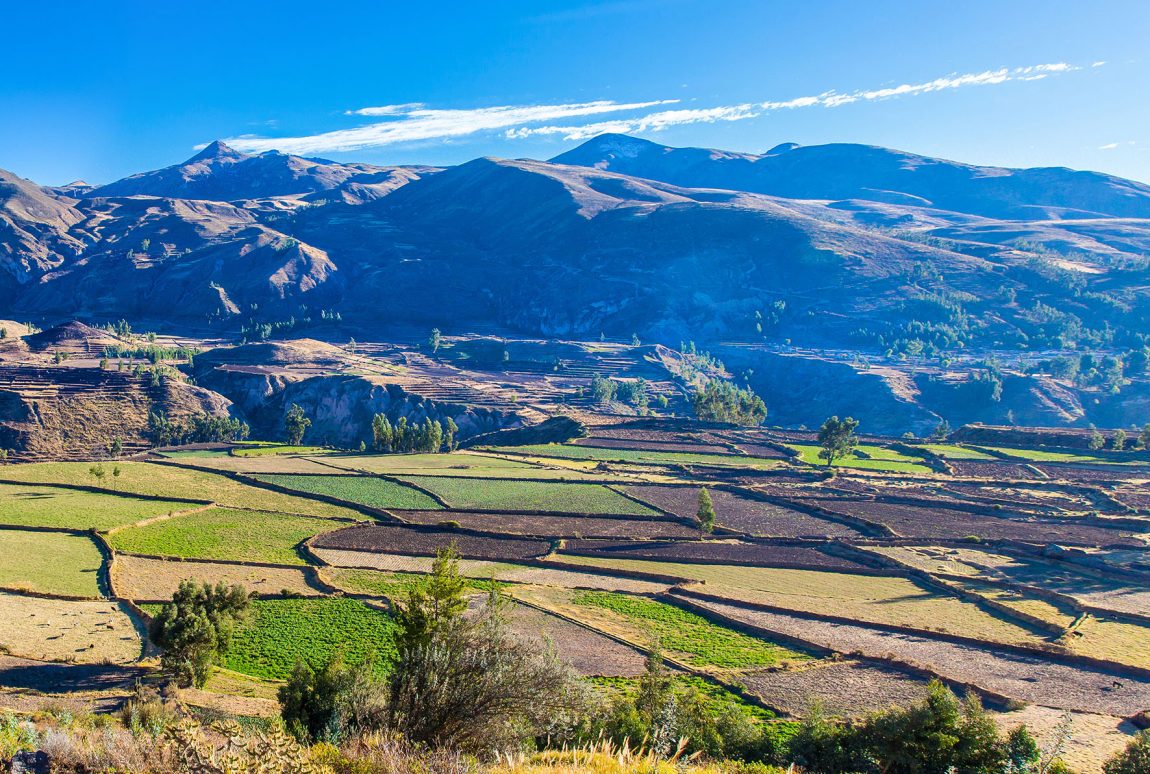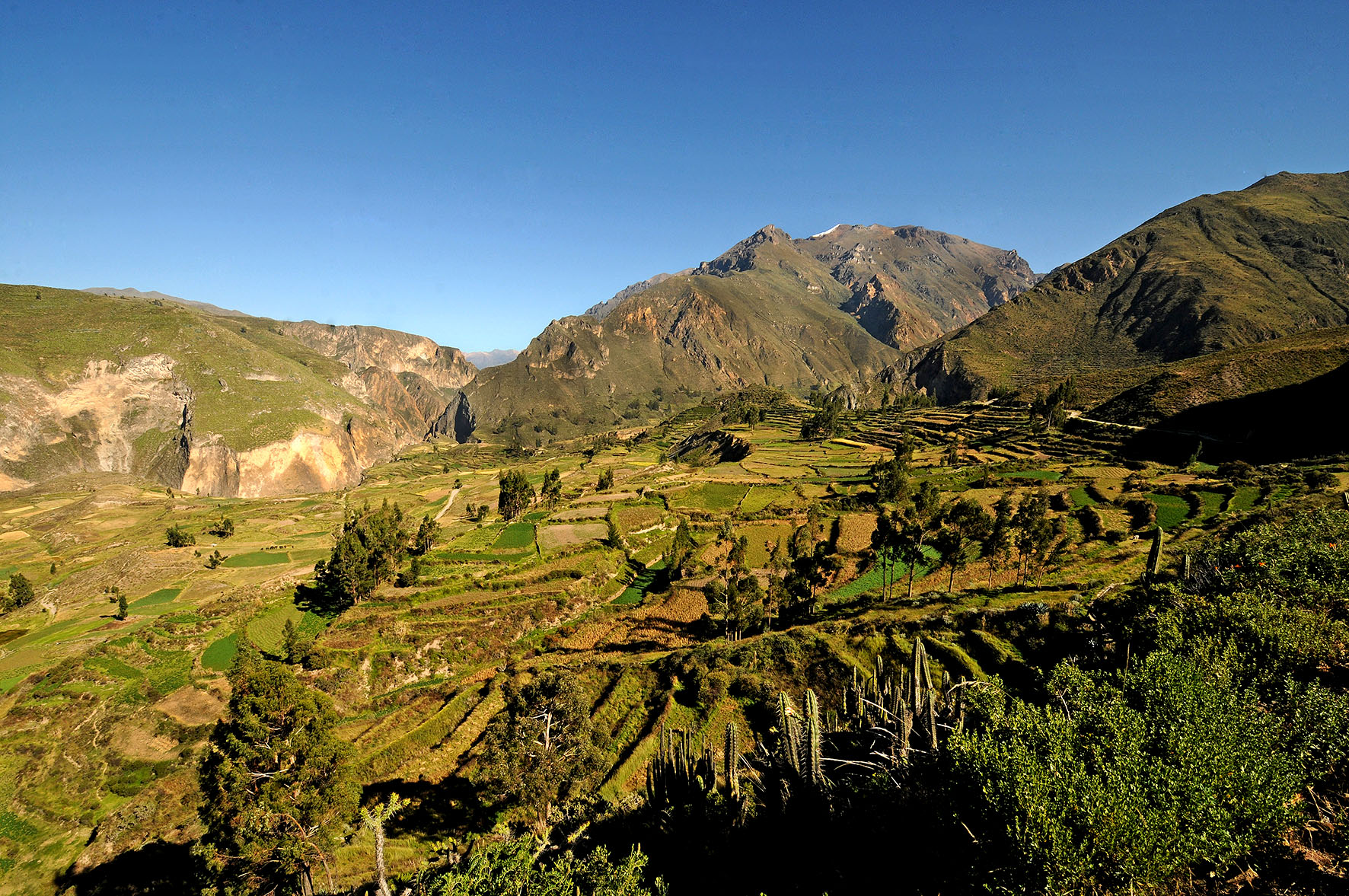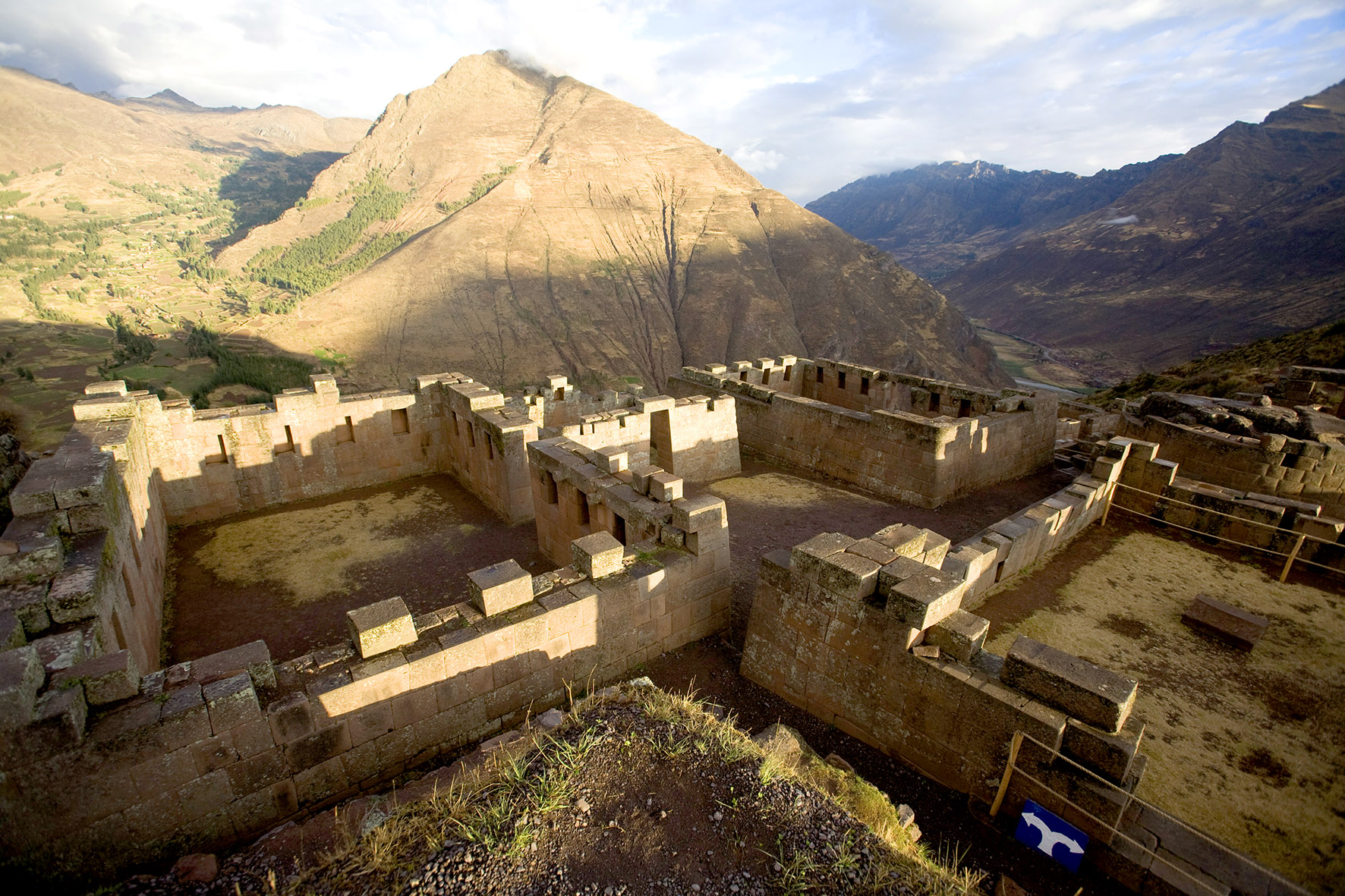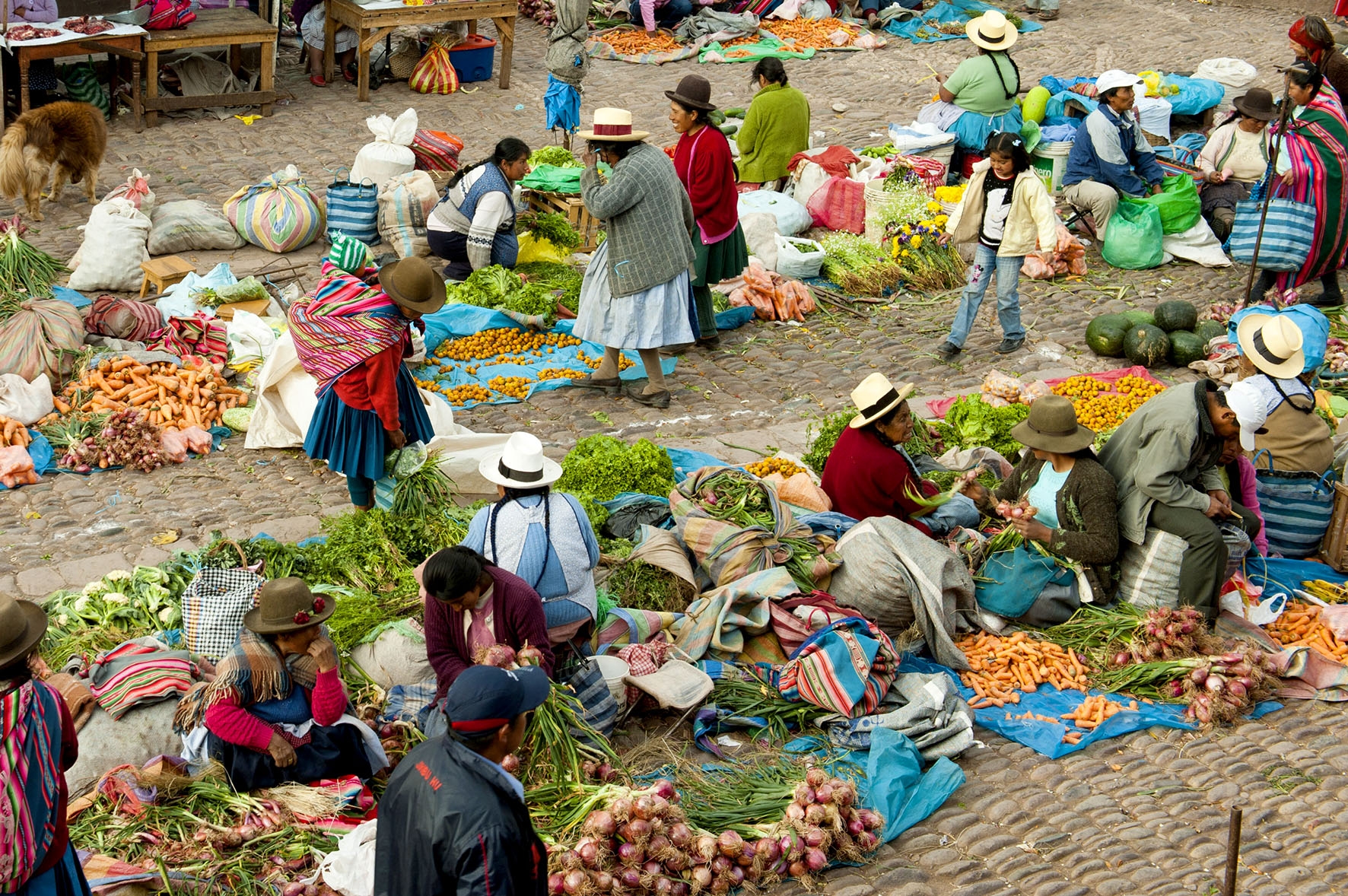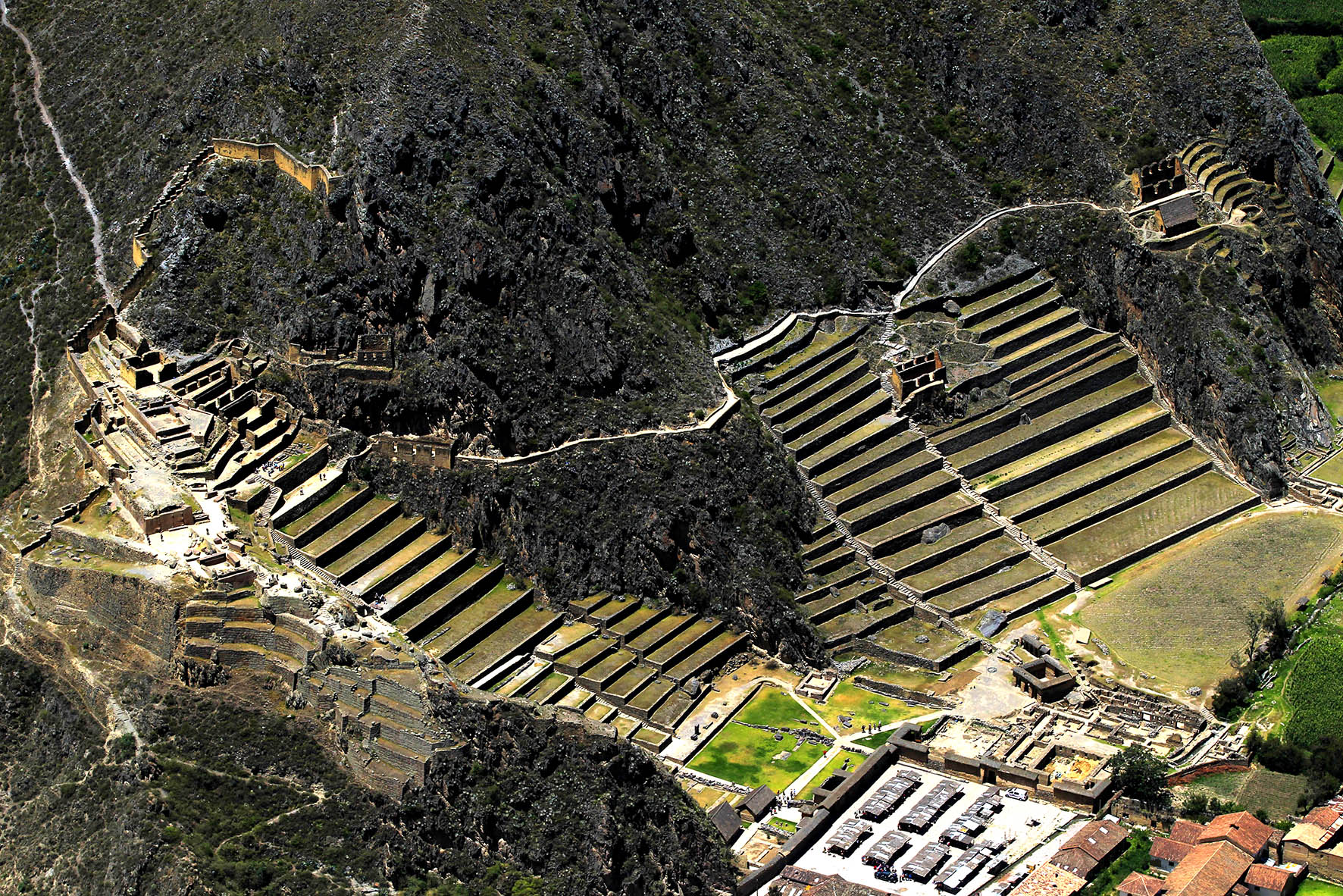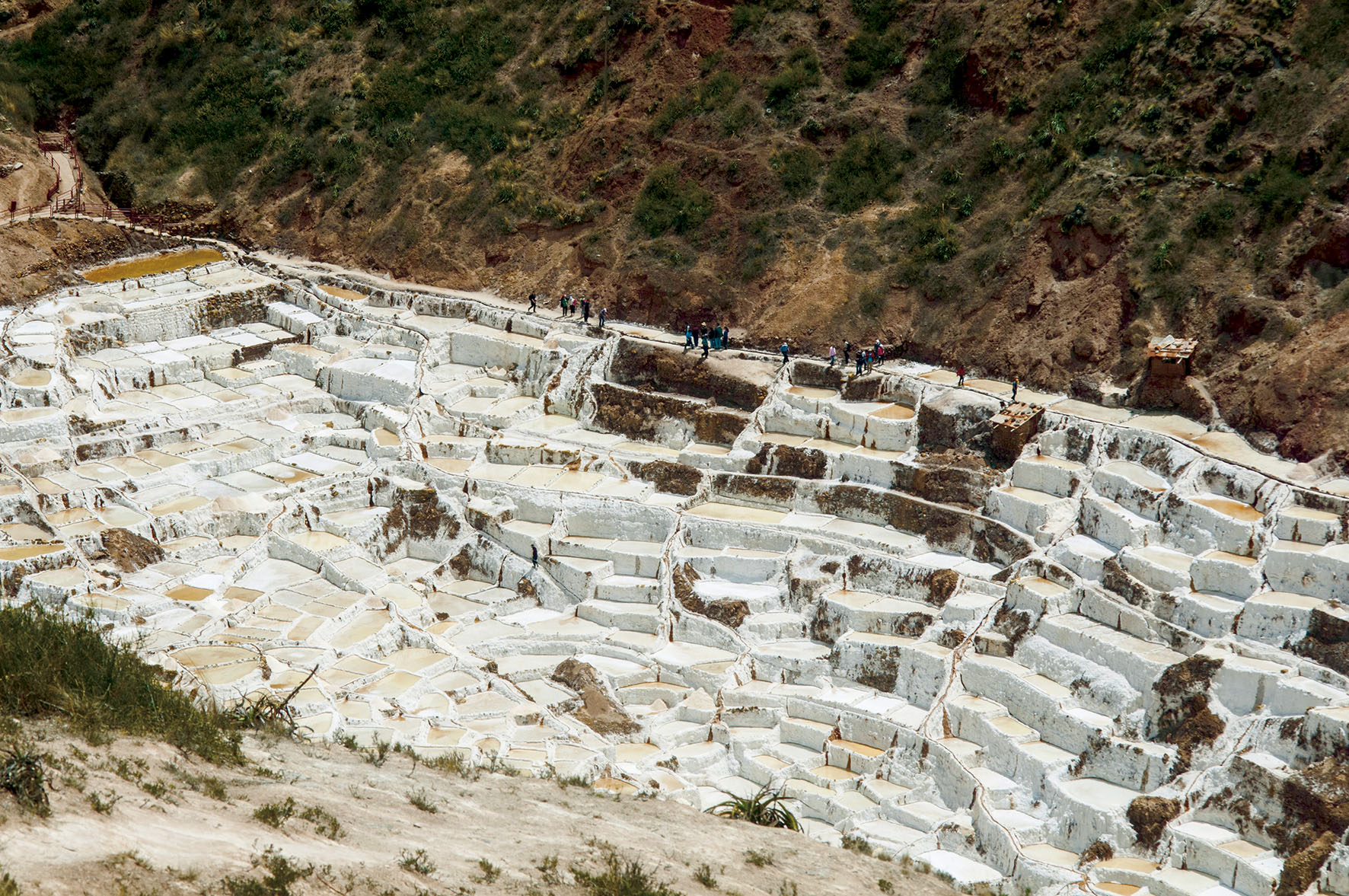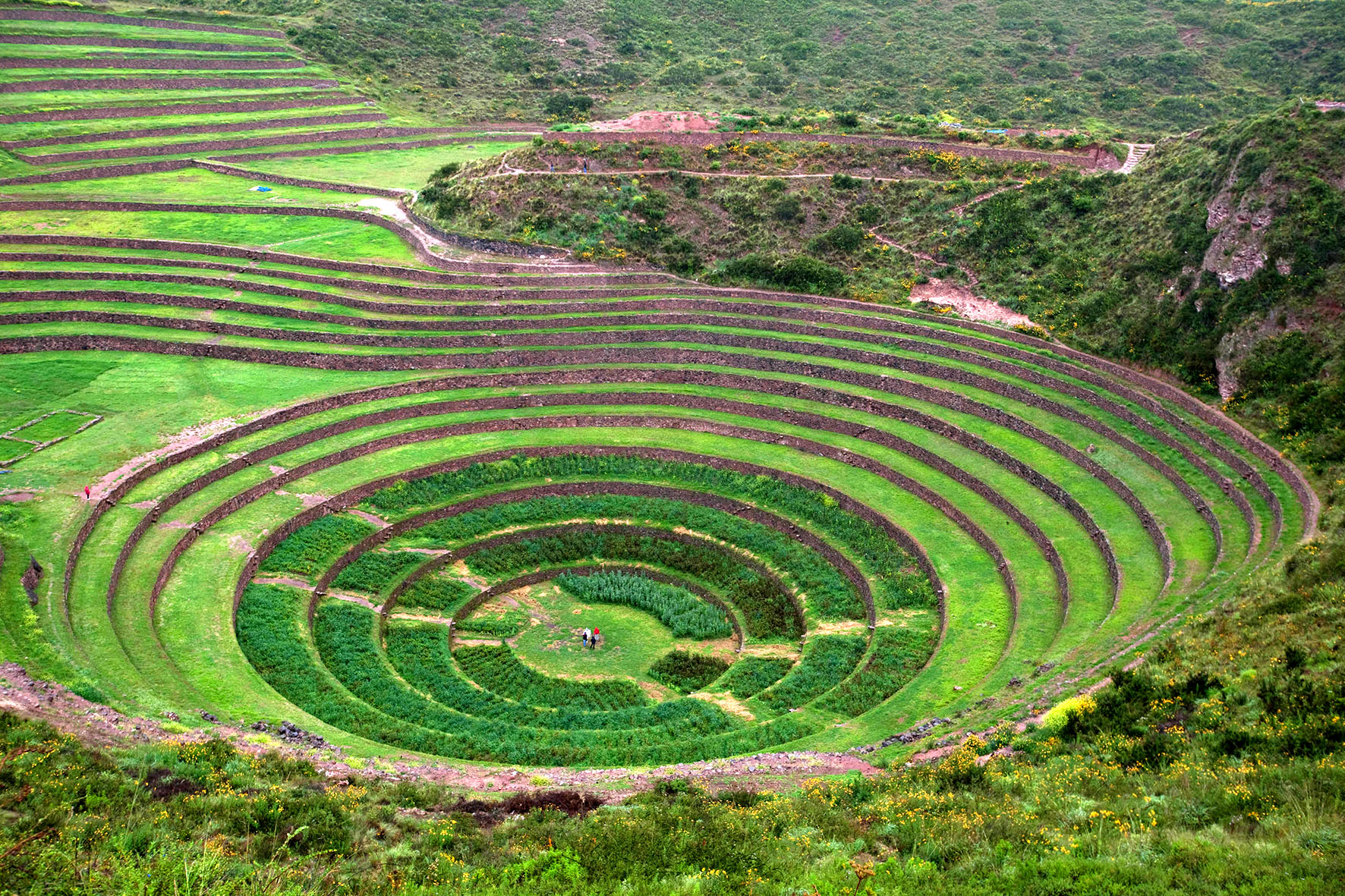The Sacred Valley of the Incas, in the heart of the Peruvian Andes, is a place full of history, culture, and natural beauty. In this blog, we will explore three of its most fascinating destinations: Ollantaytambo, Maras, and Moray. Each of these places offers a unique experience, connecting visitors with the rich legacy of the Incas and the natural wonders of the region.
Ollantaytambo: The Living Fortress
Ollantaytambo is one of the most important towns in the Sacred Valley and an essential stop for any traveler. Known for its impressive Inca fortress, this historic site served as an important religious, agricultural, and military center during the Inca empire. The ruins of Ollantaytambo offer a window into the past, with perfectly preserved agricultural terraces and massive stone structures that defy the passage of time. Visitors can stroll through the local market, sample traditional food, and enjoy the hospitality of the locals.

Maras: The Millenary Salt Mines
About 40 kilometers from Cusco, Maras is famous for its ancient salt mines. These salt mines have been exploited since pre-Inca times and continue to be a source of salt today. The salt pans of Maras are composed of thousands of small pools staggered on the side of a mountain, creating a unique and spectacular landscape. Visitors can walk among the pools, learn about the salt production process, and buy local salt as a souvenir. The panoramic views from the salt pans are breathtaking, especially during sunset when the sunlight reflects off the pools creating a magical effect.

Moray: The Inca Agricultural Laboratory
Moray is an Inca archaeological site distinguished by its unusual circular terraces. Located about 50 kilometers northwest of Cusco, Moray is considered one of the most striking examples of Inca agricultural engineering. Moray’s concentric terraces resemble an amphitheater and are believed to have been used as an agricultural laboratory to experiment with crops and microclimates. Temperature differences between terrace levels can be as much as 15°C, which allowed the Incas to simulate different climatic conditions and develop crops adapted to various altitudes. Moray offers a unique perspective on the advanced agricultural knowledge of the Incas and their ability to adapt agriculture to the challenging Andean conditions.

Visiting Ollantaytambo, Maras, and Moray is an enriching experience that allows travelers to connect with the history and culture of the Incas while enjoying the breathtaking scenery of the Sacred Valley. These three destinations, each with their magic and mystery, are a sample of the ingenuity and grandeur of one of the most fascinating civilizations in history. What are you waiting for to visit them?
Customize your journey with our specialized team. We can’t wait to share the magic of Peru with you!
For more information do not hesitate to call us at +17038225311 or email us at info@magicalcuzcotours.com


